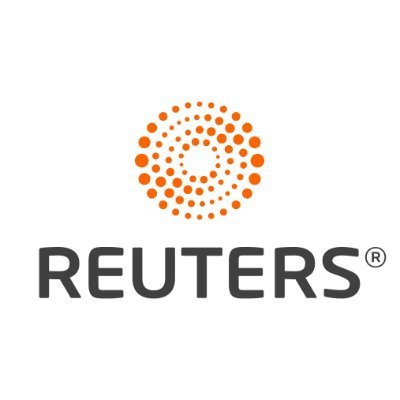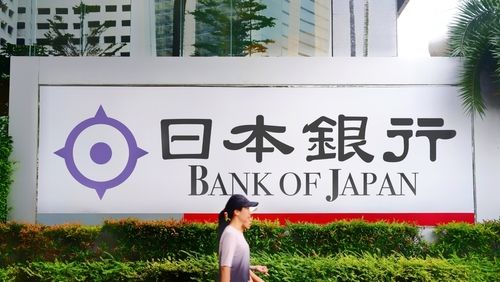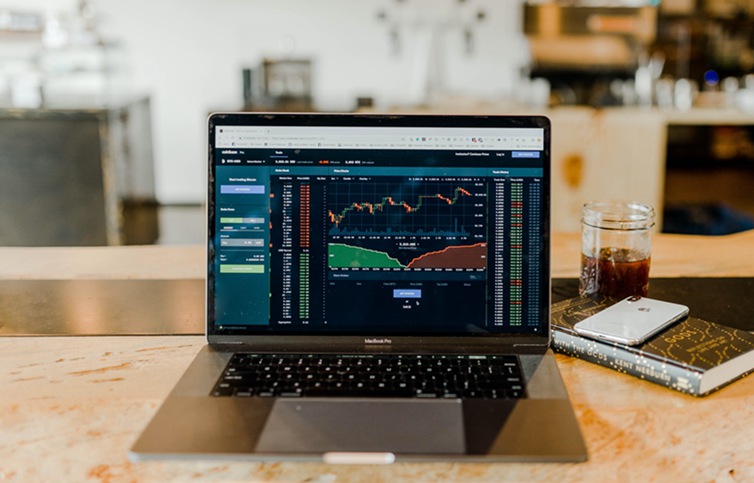In a fog of uncertainty, Fed policy storm could be approaching

By Ann Saphir and Howard Schneider
WASHINGTON, April 16 (Reuters) - U.S. Federal Reserve officials, in agreement that President Donald Trump's tariffs have unmoored their sense of the economy's direction, may face an intense internal debate about the right monetary policy response, including balancing any conflicts between their inflation and employment goals.
In the weeks since Trump announced then paused a stiff set of global import taxes, Fed officials including Chair Jerome Powell have acknowledged they may be forced to choose between ensuring inflation stays controlled as tariffs potentially drive prices higher or focus on supporting jobs with growth seen weakening in the face of widespread household and business uncertainty and softening demand.
That fork in the road may be weeks or months in arriving, allowing the Fed for now to continue with interest rates where they are until it is clear what Trump finally decides and what impact it will have on jobs, prices and the outlook. Indeed upcoming data is expected to produce weak readings on inflation, the result of trends on housing and services that began taking shape late last year, while other evidence is pointing to a buying surge as consumers scarf up cars, computers and other imported goods before tariffs become effective, supporting growth and jobs for now.
But when Powell updates his economic outlook on Wednesday, it will be in an environment where he and his colleagues appear to be getting less rather than more clarity over the direction of the U.S. and global economies.
In recent days policymakers have sketched out scenarios ranging from deep rate cuts to rescue the economy from recession to continued tight monetary policy to contain inflation and prevent the public from losing faith in their ability to keep price pressures under control.
"The new tariff policy is one of the biggest shocks to affect the U.S. economy in many decades," Fed Governor Christopher Waller said on Monday. If Trump proceeds with all tariffs announced so far, including those currently paused, "their impact on output and employment could be longer-lasting and an important factor in determining the appropriate stance of monetary policy. If the slowdown is significant and even threatens a recession, then I would expect to favor cutting the...policy rate sooner and to a greater extent than I had previously thought."
Other policymakers have cautioned the Fed should take a wait-and-see approach until data pivot one direction or the other. Still more have emphasized the need to bias policy towards controlling inflation for fear any other approach might erode public faith in the Fed, allow inflation expectations to drift upward and force an even more aggressive response.
EMPLOYMENT VS INFLATION
The fact that the Fed is facing such a debate is a step backwards from last year when a "soft landing" from the high inflation of the pandemic era seemed in reach, with annual price increases drifting down to 2% and the unemployment rate staying at or below the roughly 4.2% rate estimated as full employment.
Instead talk has returned to concepts like the "sacrifice ratio" - or how much unemployment may be needed to keep inflation in check. Market volatility has increased, with tighter financial conditions potentially depressing economic activity. References to the importance of inflation expectations, and to former Fed Chair Paul Volcker's battle to contain them decades ago with punishing interest rates and recession, have returned to Fed speeches.
Under their current approach, officials say the outcome ostensibly depends on which of the Fed's goals, inflation or unemployment, seem to be veering more off course and be harder to restore.
But within that could rest a wide variety of opinion about risks, different interpretations of data, and different calculations about how to distribute the costs of fixing whatever problems arise - tolerating some higher unemployment if inflation seems the bigger risk or stomaching the risk of higher inflation if jobs and growth start to slide in a serious way.
Kristin Forbes, an economics professor at MIT's Sloan School of Management and a former member of the Bank of England's rate-setting committee, said that given the recent battles with inflation, the Fed should keep price stability paramount.
During the post-pandemic inflation "there was pain involved for people whose wages didn’t keep up with prices," Forbes said. "Thinking about the path forward policymakers need to weigh not just what's happening to inflation and employment but also think about the impact on the price level, the impact on cost of living."
Evercore ISI Vice Chairman Krishna Guha, head of the investment bank's global policy and central bank strategy team, said it isn't just the coming levels of inflation and unemployment that matter for policymakers, but how long they are expected to persist - a judgment call that will rely to some degree on the accuracy of forecasts made in a volatile climate, with a higher risk of a misstep.
“It all boils down to persistence and whether the tariff inflation bump is (largely) a one-off or not," Guha said. "Inflation persistence is a judgment call. You look at underlying inflation ex tariffs, and wages adjusted for productivity. And you look at inflation expectations. If expectations and underlying inflation remain broadly well behaved they will cut when - not before - unemployment rises around 25-30 basis points."




